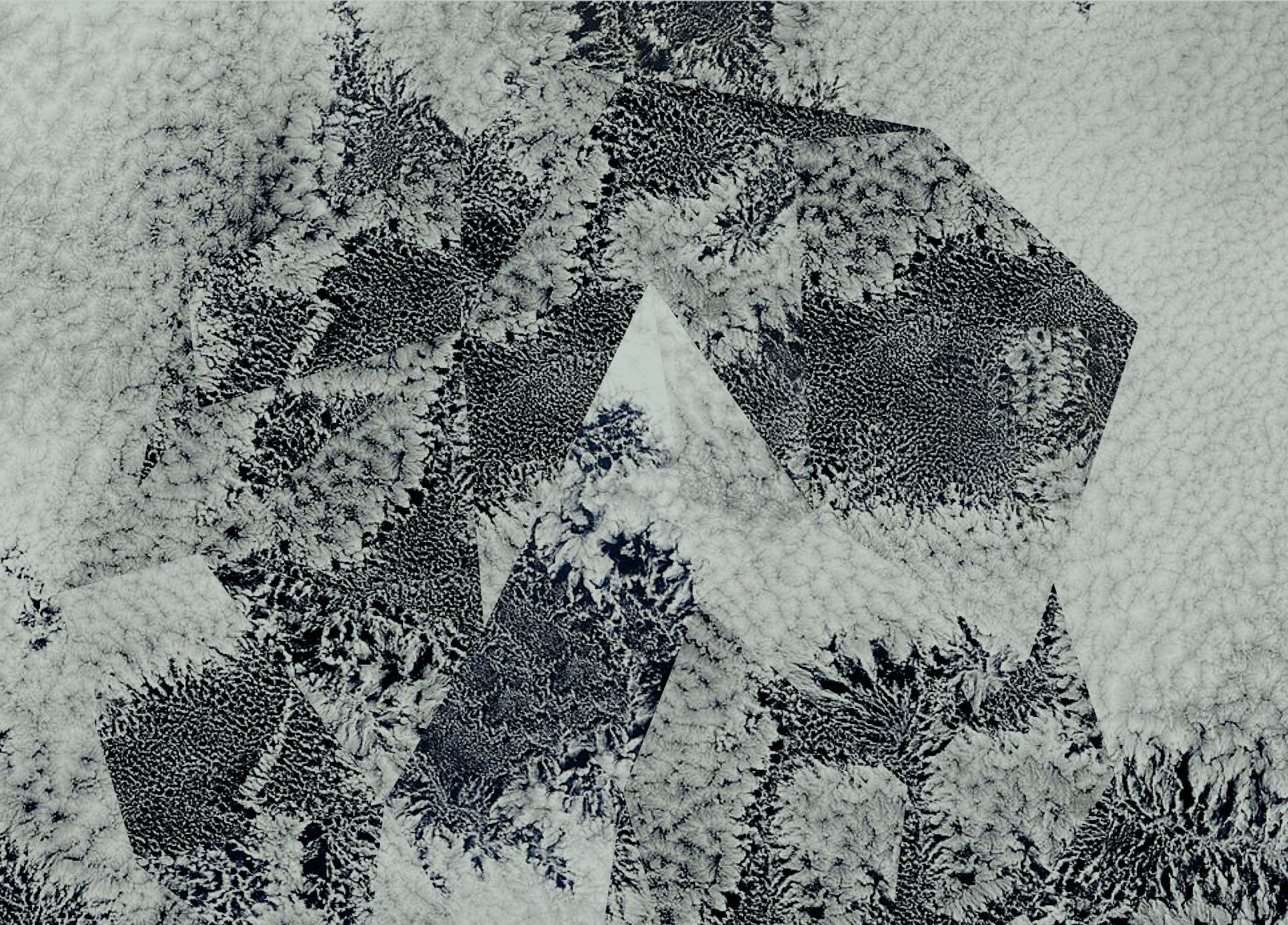Silence. The sound of the room.
The sensation of closeness or distance to the other musicians, my state of heightened listening.
The physical sensation of the instrument.
Does it make the sound I want it to, and does the sound have the effect I intended?
Reacting to reactions to my own sounds, in a constant feedback loop, conversing with my imperfection.
The audience focusing on every detail.
I know and feel that they are there, yet I need to block them out completely to be able to contribute.
What sound do I want to make, what do I hear?
A space around me where the sound of my instrument vibrates, mixing with the sounds of the others,
coming from all directions at once, my eyes closed.
A feeling of being pushed by the impulses coming from the others, forcing me to react intuitively or semi-consciously,
or, by will power, ignoring them, staying silent.
A half-awake, yet intensely focused state where nothing exists but the sounds.
Conscious thoughts of form or register or rhythms forming in my mind, then leaving them behind as the music dictates something else.
Slipping into flow, brought on by a sudden point of connection with the ensemble sound, or with a certain musician,
a feeling of the music moving by itself.
Then I overdo something, or fall behind, losing the connection with the music again and go back to the original state of listening,
somewhat disappointed to have to start over again.
But maybe this is a good thing. Maybe it creates dynamics in the overall form, an unforeseen turn of events that keeps it interesting,
leads to another musical place.
Thriving on the unforeseen, the crossroads where the music goes to a different, well known, yet completely new place of agreement among the musicians,
where everyone’s role is instantly defined, as if following a pattern agreed upon beforehand.
